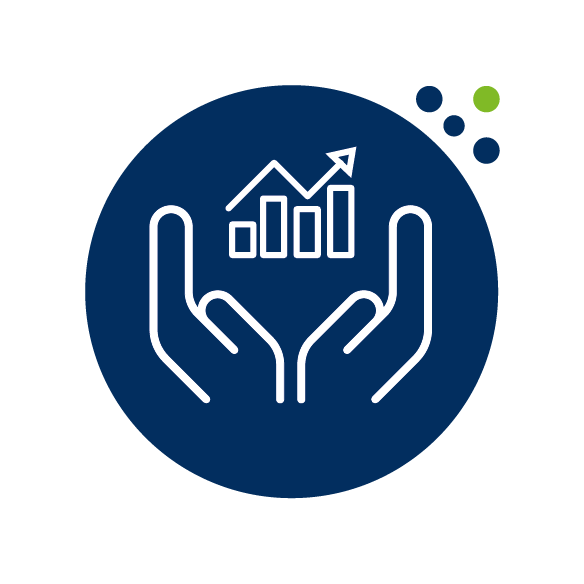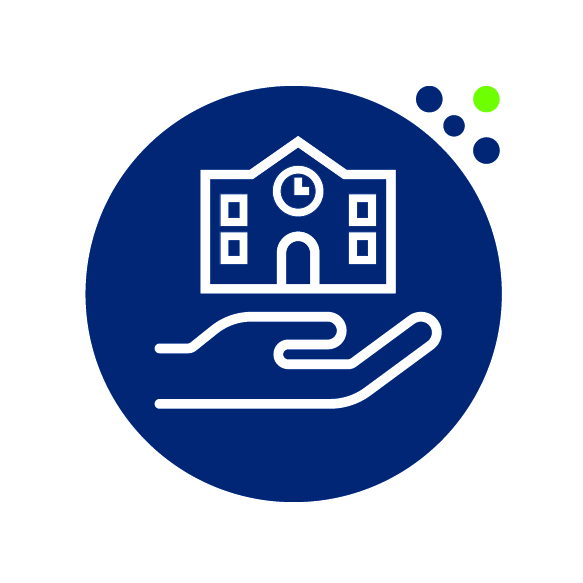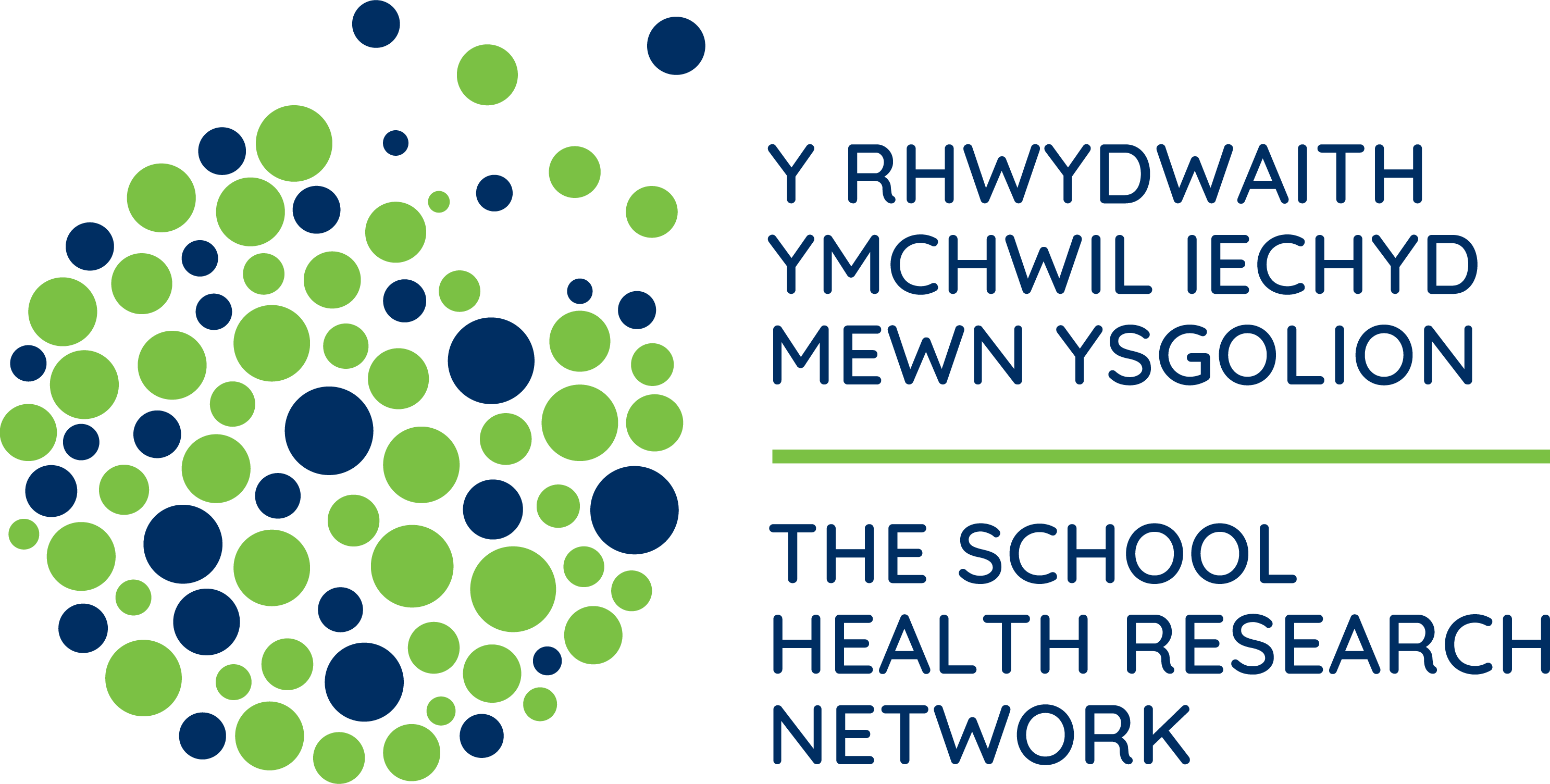
The Monmouthshire WNHWPS school cluster offers a compelling example of how SHRN data can be embedded into school improvement processes to drive meaningful, collaborative change. The cluster approach demonstrates SHRN not simply as a data collection tool but as a catalyst for system-wide reflection, planning, and action.

Collaboration Starts with SHRN Data
One of the most powerful aspects of the Monmouthshire model is the way that SHRN data is used as a shared foundation for meaningful conversations in the cluster. Rather than being used in isolation, the data is regularly revisited, explored, and discussed across schools, roles, and partners. This has enabled an evidence-informed culture to take root where SHRN data is not only discussed but actively used to guide decisions at every level, from curriculum planning to community engagement.
A standout strategy is the cluster’s use of Year 6 and 7 data to shape transition planning. By focusing on this pivotal cohort, schools can spot emerging behaviours and attitudes early on. It gives insights that feed into both primary and secondary planning. Alternating SHRN data focus each year helps maintain progress across the cluster.

Building Capacity for Data-Informed Practice
This cluster has made a deliberate investment in building the confidence and capability of school ‘s health and well-being leads to interpret and apply SHRN data insights. Through regular workshops, structured reflection, collaborative planning, and ongoing dialogue, staff have developed the skills to identify trends, triangulate evidence, and align findings with their own school’s priorities. This has helped embed data-informed decision-making into everyday practice.
This hands-on approach reflects SHRN’s broader goal in helping schools become confident, capable users of evidence-based data for improvement The cluster’s use of guiding questions to interrogate SHRN reports exemplifies this shift—from passive data consumption to active data engagement.

Aligning SHRN Insights with Strategic Priorities
The integration of SHRN data into the cluster’s Monitoring, Evaluation, and Review (MER) cycles ensures that health and well-being priorities are not viewed as isolated efforts but embedded within broader school improvement frameworks. The alignment with the Curriculum for Wales, particularly the Health and Well-being AoLE, further reinforces the strategic value of this work.
Moreover, the cluster’s actions are clearly mapped to national priorities, including digital competence, learner voice, and emotional well-being. This coherence strengthens the case for SHRN as a tool that supports not only local planning but also national policy implementation.

Sustaining Impact Through Collaboration
The Monmouthshire model illustrates how collaborative structures can enhance the sustainability of data-informed initiatives. By distributing leadership, leveraging individual school strengths, and engaging external partners, the cluster has created a system where responsibility is shared, and progress is collective.
Looking Ahead
The Monmouthshire experience offers valuable learning for other regions looking to embed SHRN data into strategic planning and cross-sector collaboration. As SHRN continues to evolve, the Monmouthshire case highlights several opportunities for learning:
- Strengthening family engagement through targeted communication and workshops.
- Expanding the use of primary SHRN data to identify earlier intervention points.
- Developing tools and templates to support replication of the cluster model in other regions.
Ultimately, the Monmouthshire cluster demonstrates what is possible when SHRN data is embedded into a culture of shared purpose, strategic planning, and inclusive practice.
Read the full case study for more insights into Monmouthshire’s approach and practical takeaways for your own setting.

